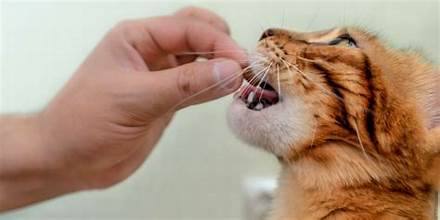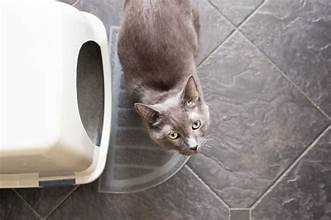Urinary tract issues are a common health problem in cats, causing discomfort and even life-threatening complications if left untreated. Understanding the causes, symptoms, and treatment options can help you ensure your feline friend’s well-being.
What are Urinary Tract Issues?
Feline Lower Urinary Tract Disease (FLUTD) is an umbrella term encompassing various conditions affecting the bladder and urethra in cats. These include:
- Urinary tract infections (UTIs):
Caused by bacterial invasion of the urinary tract.
- Bladder stones:
Crystal formations within the bladder.
- Bladder inflammation (cystitis):
Inflammation of the bladder lining.
- Urethral obstructions:
Blockages in the urethra are often caused by stones or inflammation.
Common Symptoms
- Frequent urination:
Increased trips to the litter box.

- Straining to urinate:
Difficulty or pain while urinating.
Presence of blood.
- Urinating outside the litter box:
This may occur due to pain or discomfort.
- Decreased urine output:
Reduced amount of urine produced.
- Increased water intake:
Increased thirst due to discomfort or underlying conditions.
- Lethargy:
Loss of energy and overall weakness.
- Vomiting:
In some cases, vomiting may occur.
Causes of Urinary Tract Issues
- Diet:
A diet high in minerals can contribute to stone formation.
- Stress:
Environmental changes, multi-cat households, or boredom can stress cats, leading to FLUTD.
- Obesity:
Overweight cats are more prone to urinary tract issues.
- Infections:
Bacterial infections can cause UTIs.
- Tumors:
In rare cases, tumors can obstruct the urinary tract.
Diagnosis and Treatment
Diagnosing FLUTD involves a thorough physical examination, urinalysis, and possibly blood tests, imaging (ultrasound or X-ray), and urine culture. Treatment options vary depending on the underlying cause and may include:
- Medications:
Antibiotics for UTIs, pain relievers, and medications to relax the bladder muscles.

- Dietary changes:
Switching to a prescription diet to dissolve stones or prevent recurrence.
- Surgery:
In cases of severe obstructions or tumors.
Prevention
- Provide fresh water:
Encourage water intake with multiple water bowls and fountains.
- Maintain a healthy weight:
Regular exercise and a balanced diet can help prevent obesity.
- Reduce stress:
Provide hiding places, scratching posts, and playtime to reduce stress.
- Regular veterinary checkups:
Early detection can prevent complications.
- Litter box hygiene:
Clean the litter box and provide multiple boxes for multi-cat households.
If you notice any of the symptoms mentioned above, don’t hesitate to consult your veterinarian immediately. Your proactive approach in seeking early diagnosis and treatment can significantly improve your cat’s recovery and prevent complications, making you a responsible and caring cat owner.




